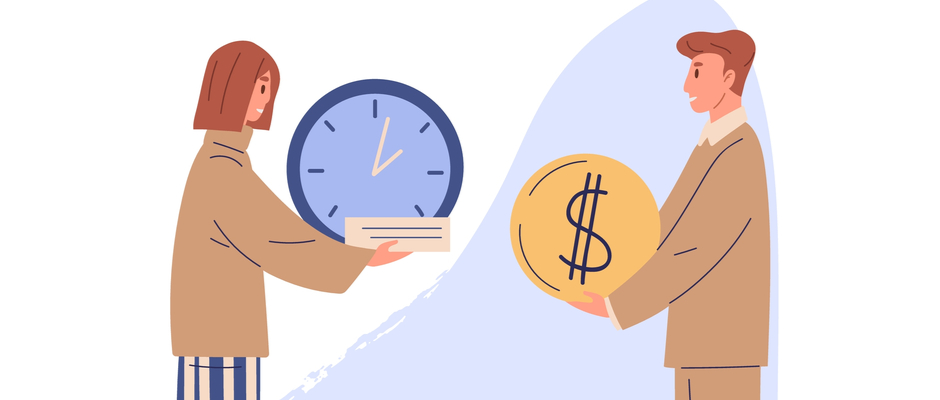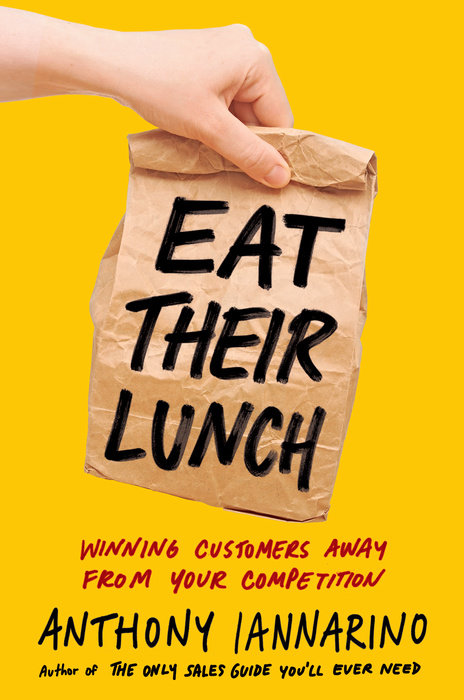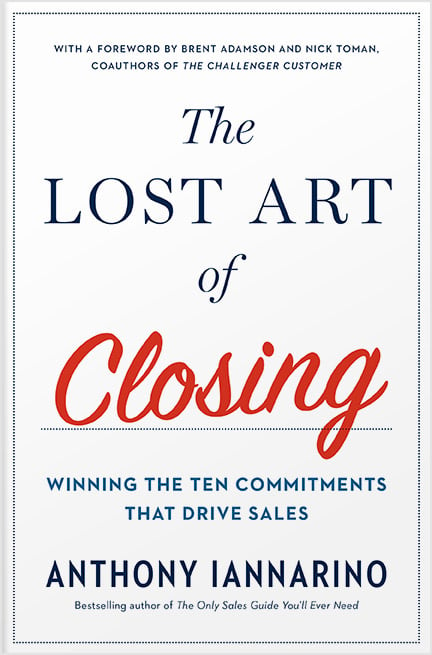The Gist
- We sometimes believe that we lose deals because of our pricing.
- Value is a perception, meaning different people have varying beliefs about value.
- A lot of pricing problems stem from the client’s existing value beliefs and your inability to improve their view of what value should mean to them.
One of defining elements of B2B sales is that you can create different levels of value for your clients. Especially when you sell a service or another intangible solution, the value you create for one client might be far greater than the value you create for another.
Likewise, any individual client or prospect can perceive greater or lesser value in your offering. This phenomenon can cause problems when your prospective client undervalues the outcomes you are producing for them. In that case, it is your responsibility to help them recognize the value of the better outcomes you provide.

Your Pricing Problems
Because value is based on perception, it can be difficult to know if your client would pay more for the results you are promising. You might also worry about quoting a price that your client perceives as being too high compared to the value of your solution.
The Gouging Problem: Some salespeople believe that they should charge as much as they possibly can, especially when their client lacks the knowledge and experience to recognize when they are overpaying for a product or service.
The mistake these “gougers” make is not recognizing the high price they will pay later, when their competitors start calling on their client and offering them far more reasonable prices for comparable value. The larger the client you’re gouging, the sooner your competitors will find them, educate them, and displace you.
The Fear of Losing Problem: On the other side of this equation, some salespeople are afraid that quoting a fair price will drive their prospective client into the arms of their low-priced competitor. Where the “gouger” captures way too much of the value they create, salespeople fearful of losing a deal capture way too little.
Fear causes people to make conservative pricing decisions even when they should be rational about the cost and value involved. As Daniel Kahneman’s research has shown, our fear of losing is greater than our hope of winning: we will do more to prevent losing something we have than we will to gain something new. The real threat here is not capturing enough value to deliver the results your client needs, because you are not demanding the investment you need to flawlessly execute for your client.
The Middle Path: Even though you should never tell a client “we are in business to make a profit,” you can say, “the investment outlined here allows us to ensure that we succeed together in producing the better results you need.”
The middle path is one in which you don’t gouge your client—not that any of my illustrious readers would even consider such a thing—but you also don’t propose a price that increases the risk of failing the client due to a lack of investment. Sales leaders would do well to provide strong guidance on pricing.

Your Client’s Pricing Problem
Clients who are repeating a purchase may know enough to recognize the value you create and the price range they can expect from you. Others will not have the experience to know what they might need to pay to improve their results. Both of these can present you with a problem. Here’s how to respond to two common concerns.
More Than We Expected: A savvy, experienced buyer may struggle with your higher price because they are used to paying less. It’s important to remember that value is a perception, with different people measuring it in different ways, based partly on their past experiences.
When you create greater value, you are entitled to capture greater value. The rub here is that when you sell something that is new, different, or provides greater value, your savvy buyer may well measure it against what they have purchased in the past. Without educating your client on the meaningful difference between your solution and what they’ve bought in the past, you make it difficult for them to perceive the greater value—and you all but ensure they won’t pay more for your solution.
Your Competitors Have Lower Prices: When your client lacks experience with this type of purchase, they will have a tough time deciding what they should invest in the results they are pursuing. When your price is much higher than your competitors’ prices, your client is going to worry that you are taking advantage of them. When your price is far lower, they’ll worry about not getting the results.
While clients who underinvest (and are disappointed in the results) eventually decide that the results are worth investing in, the inexperienced buyer doesn’t know that the higher price is necessary for the results they need. A lot of companies suffer with poor results because a salesperson didn’t differentiate the value and justify the delta between their price and their competitor’s price.

Value as a Perception
You might believe, as my children do, that it makes sense to pay $2,000 for front row seats at a Billie Eilish concert. Personally, I would prefer to stay home and read a book, though I do appreciate Billie Eilish as a sort of homage to Bowie. However, I would gladly pay $2,000 for a front row ticket to see, say, Guns N’ Roses or The Rolling Stones—and if the remaining members of Led Zeppelin are involved, the sky’s the limit. These are subjective preferences, based on taste and experience.
The more you can do to show clients the subjective and objective value of your solution, the more likely you are to acquire the pricing that allows you to deliver the results they need. The subjective value might include trust, understanding the client’s business, and the certainty you create for them. The objective value might include the cost savings that result from your higher price, the ability to produce a result in a particular way, or a strategic advantage that allows your client to capture greater market share.
Do Good Work:
- How do you handle pricing problems?
- Do you fear losing, and if so, how does it impact your results?
- How do you increase the perception of value?

Essential Reading!
Get my 3rd book: Eat Their Lunch
"The first ever playbook for B2B salespeople on how to win clients and customers who are already being serviced by your competition."
Buy Now











.jpg?width=768&height=994&name=salescall-planner-ebook-v3-1-cover%20(1).jpg)


